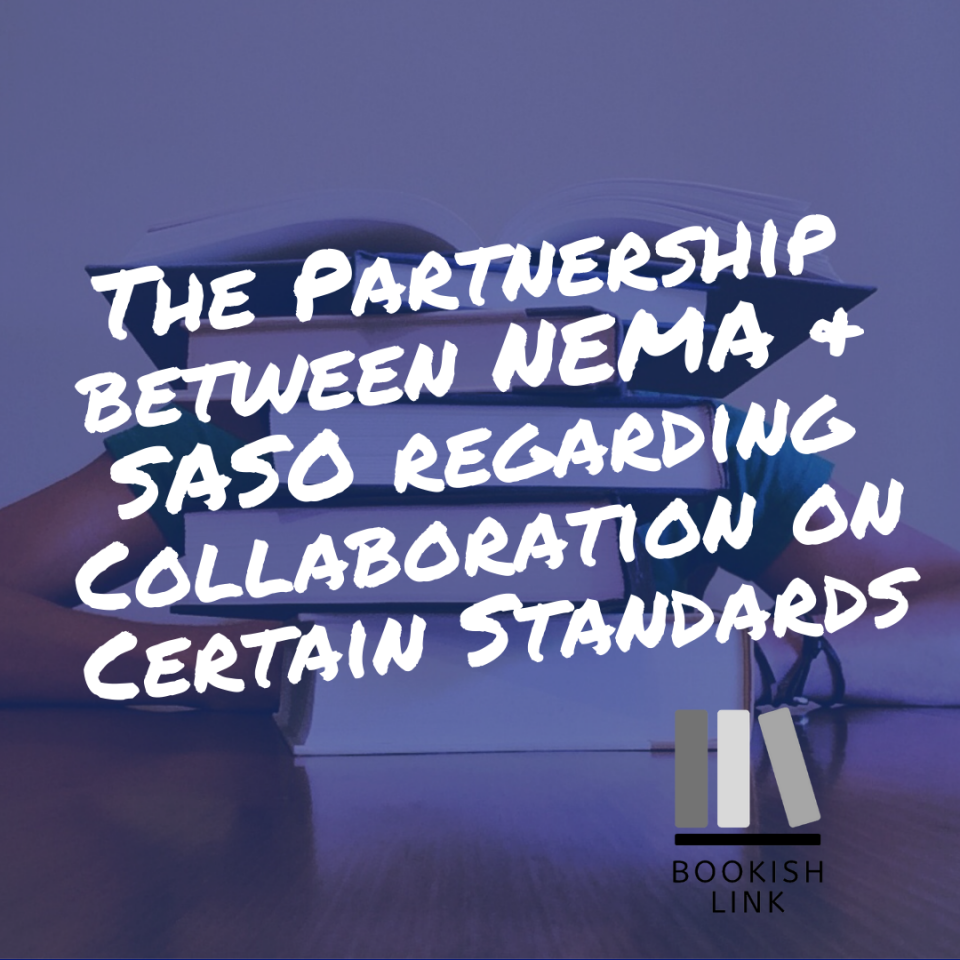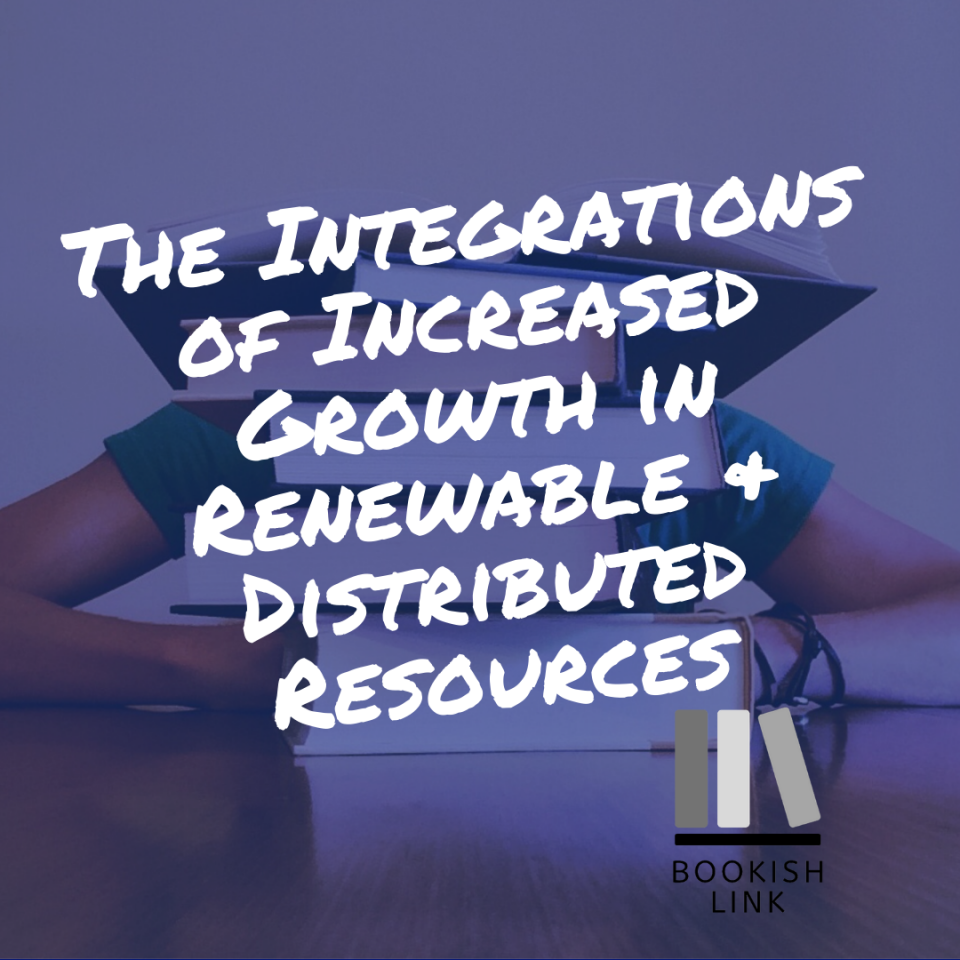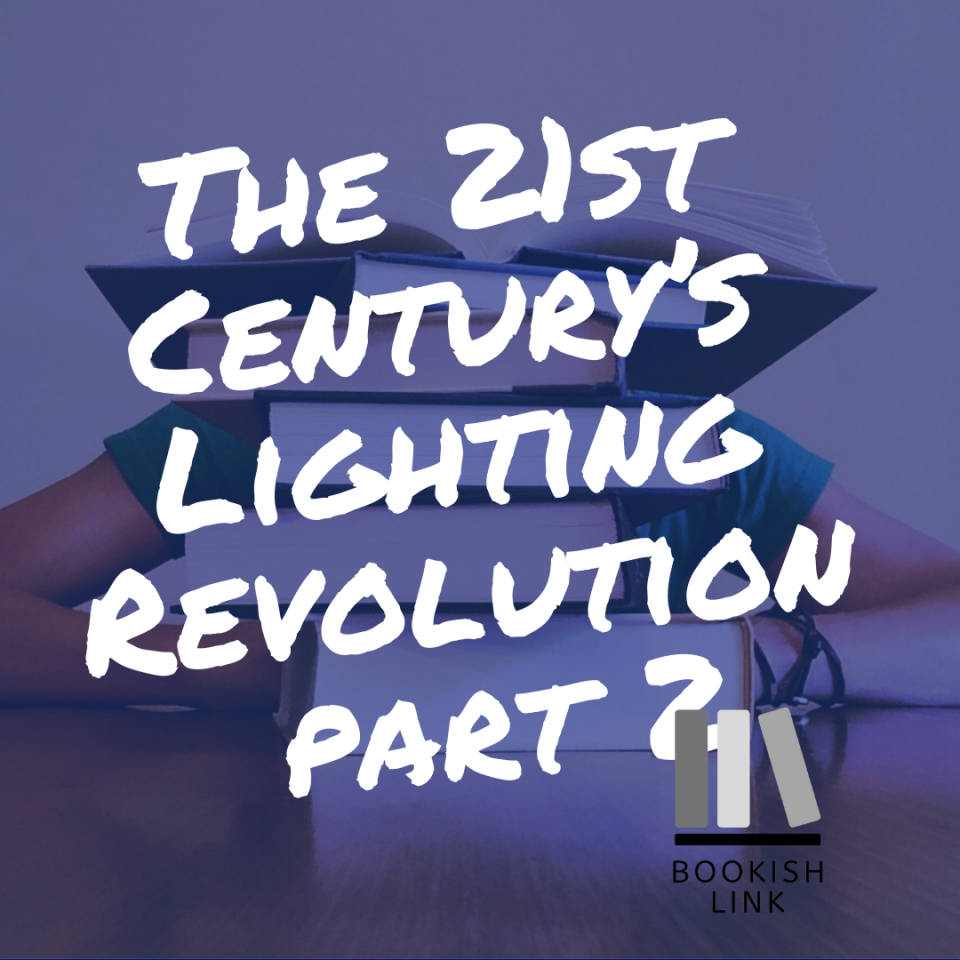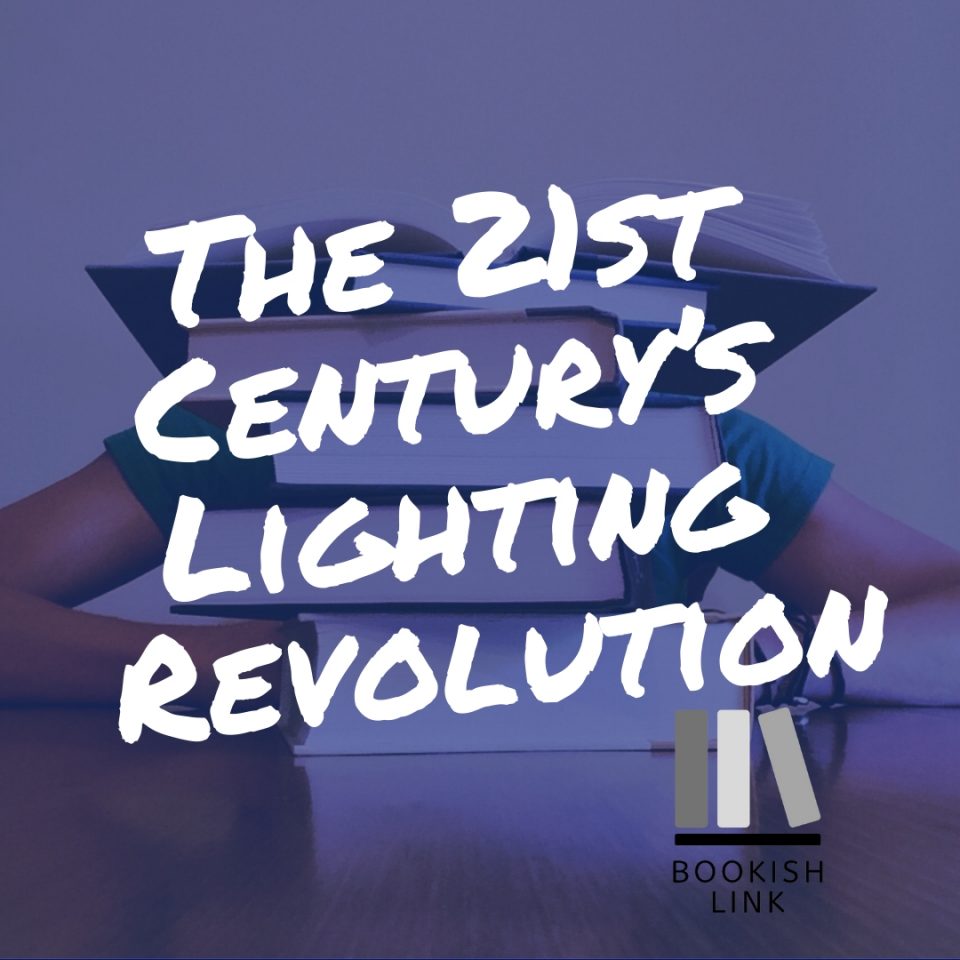
The dance lessons continue and I’m learning more than I thought I would. Really, I always assumed it was one or two moves and then just add in some flair, like dips or a fancy foot move. But no, there are STEPS to these dances. And one must know them in a specific order, from start to finish, so that as part of a couple, he or she can lead or be led. Blows my mind really. So are there other processes in life that we must follow exact steps in order to correctly complete the process? Why, I’m glad you asked. Yes, yes there are.
It is surprising to know that are obvious similarities of Flamenco to an enclosure. Actually almost all form of dances is similar to the process of building an enclosure. Dancing is not akin to just forming the steps and just adding extra poses to make it brilliant. The dancer should know how to give the steps and dance gracefully by order. There is no brilliant thing that is done overnight. There are crucial steps that are needed to take in order to lead the dance and be able to finish it gracefully. This is just really amazing when you think that in also in life, you need to take slow processes for you to master the exact steps and be ready to make and complete what it is needed to be done.
With this in mind, I would like to help you understand this by illustrating how a plastic enclosure’s lid is secured by following these steps. For your reference, here are the steps below:
1. First, arrange the screws on the cover and seal them by threading them through the cover holes. There are different holes for different types of screws. For the enclosure cover, it accommodates WA, WC, & WP series. These are considered to be captive screws that is primarily made for stainless stell.
2. After the first step is done, this is the time to have the cover placed over the base or the bottom half of the enclosure. Then arrange the screws or align on the cover over the corresponding holes on the base.
3. Have the screws loosely assembled in the cover in sequence until the screws are already finger tight.
4. Have the screws tighten up to a torque of 8-inch pounds. To achieve a better accuracy, use a torque screw.
5. To make sure that the sealed joint is tight enough and the gasket covered is properly aligned, inspect everything. It should be aligned with the lip in the body. For the 4-hole covers, the engineer should have the middle of the cover be squeezed tight against the base of the enclosure. There are times that when doing this on a larger enclosure you will hear a snap noise. Do not worry because this is a normal scenario and it just indicates that the sealing lip in the base is now properly seated and aligned with the cover gasket.






